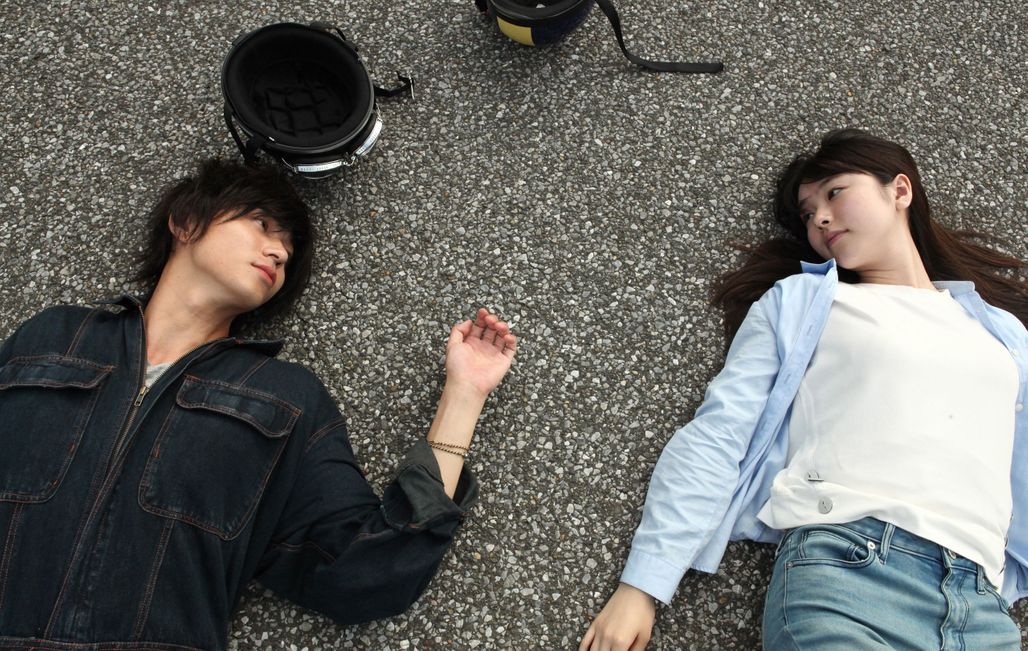
Asako I&II, when love with two faces, by Ryusuke Hamaguchi

After Senses, a film lasting five hours and 17 minutes edited into a mini-series for distribution in cinemas, Ryusuke Hamaguchi returns to a more classical format and adapts a novel by Tomoka Shibasaki. Presented in Competition, Netemo Sametemo (Asako I&II) tells the story of a young woman caught up in a story of love with two faces.
After coming to public attention with Passion, his final year film-school study production directed in 2008, Ryusuke Hamaguchi has alternated between fiction and documentaries, moving away from the classic duration of feature films. In 2015, faithful to this precept, he directed Senses, a flowing work that picked up two prizes in Locarno. To meet the needs of the cinema, this sensitive portrait of four friends was cut into several episodes.
Encouraged by his producers, Ryusuke Hamaguchi has this time opted for a more traditional length. With this in mind, the director took care to scrupulously follow the screenplay of Asako I&II and abandoned the idea of letting the writing of the film evolve during the shoot, as happened with Senses. The film tells the story of Asako, a young woman who, two years after being shattered by the death of her first great love, meets his perfect double and falls for him. But she discovers little by little that the man she now loves has nothing in common with the one she once loved so passionately.
Ryusuke Hamaguchi says he was struck by the fine description of daily life in Netemo Sametemo, the 2010 novel by Tomoka Shibasaki, whose story and characters have been adapted for the film. "What I found enthralling in this story was the absurdity of falling in love with two men who have the same face," explains the director.
To accentuate the unsettling aspect of the plot, the Japanese filmmaker worked a great deal on the light of the film, and in particular on the shadows plunging the scenes into darkness. Twice the film takes the young Asako to Sendai, a blighted town to the northeast of Fukushima and Tohoku region. It was there that Hamaguchi co-directed , between 2011 and 2013, several documentaries about the victims of the last earthquake in Japan.


